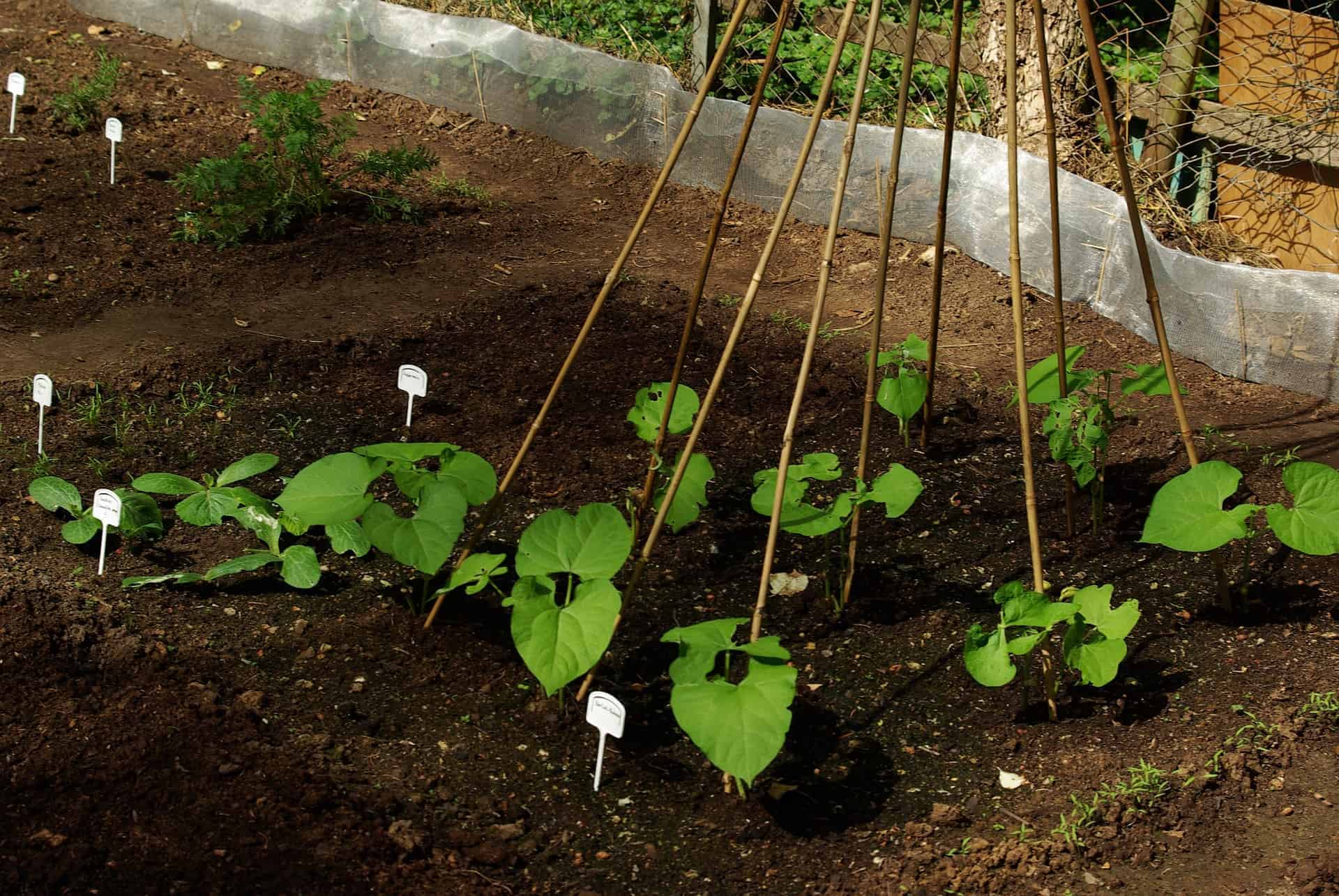Growing the best garden, up or out
While it never really feels safe to start planting in Alberta, thanks to our unpredictable weather, it’s hard not to be excited with the summer-like weather we’ve had. With the crocus emerged and lilies not far behind, now is a great time to be out in the garden, elbows deep in cool soil.
It’s not too late to start some seeds indoors if you couldn’t decide on what to grow and don’t want to purchase starter plants. It’s best to start small when deciding what to plant. Many gardeners plant more than they need and end up wasting food and feeling overwhelmed. Keep in mind that vegetables such as tomatoes, peppers, and squash keep providing throughout the season, so you may not need many plants. Other vegetables, such as carrots, radishes, and brassicas, produce only once.
No matter how big your vegetable garden is, what you grow it in, or what you plant, there are three basic requirements for success:
Full sun
Most plants need at least 6-8 hours of direct sun. Vegetables that don’t get enough light won’t bear as much and will be more susceptible to insects or diseases.
If you don’t have a spot in full sun to plant a garden, you can still grow many leafy vegetables such as lettuce and spinach. And cool-season varieties such as peas may do better in part shade in hot summer climates.
Plenty of water
Vegetables aren’t very drought tolerant and will require a steady supply of moisture, provided by you if Mother Nature fails to come through. For in-ground crops, that may mean watering every other day. Raised beds drain faster and may require watering every day.
Good soil
As with any garden, success usually starts with the soil. Vegetables and flowers do best in moist, well-drained soil rich in organic matter (such as compost or peat moss).

When planning a vegetable garden, remember: the closer your garden is to a source of water, the easier it will be for you. Additionally, maximizing space will provide a nourishing harvest all summer long.
By using vining crops like pole beans and snap peas when planting a garden, you can make use of vertical space and boost yield per square foot. Vertical gardening is great for families with limited or shared outdoor space and grows plants up instead of out. They are maintained with the use of trellises, fences, containers or even vertically stacked pots.
Growing in containers and using trellises is a great way to maximize space if you live in an apartment or townhouse complex. By growing tall narrow climbing plants, such as squash, pole beans, and tomatoes, their space is maximized. Vertical gardens also allow city gardeners to promote plant diversity, even in the smallest of areas.
With vertical gardens, you can reign in plants to smaller, easier-to-care-for spaces. Plus it’s easier to harvest the plants at waist height or higher.
Whether you are a seasoned gardener or just beginning with a few plants, May is the perfect month to sow seeds, transplant seedlings, and imagine the possibilities of the coming harvest.
Feature Image: Growing vegetables vertically makes the best use of space. Credit: Pixabay







